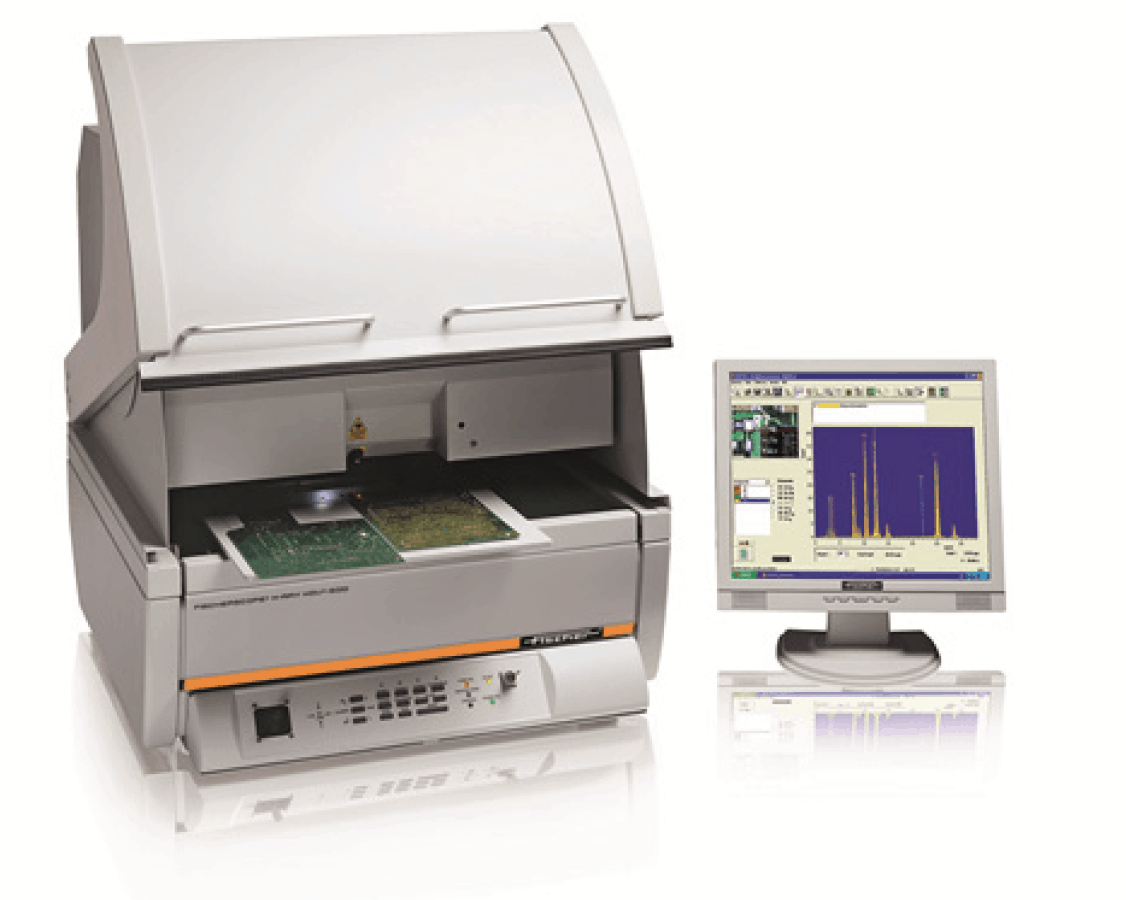
It is critical for manufacturers and distributors of many products to be able to detect harmful substances. Various regulations, such as RoHS (Restriction of Hazardous Substances), DIN EN 71 (Safety of Toys Standard) and CPSIA (Consumer Product Safety Improvement Act), specify maximum permissible values, particularly for heavy metals.
For example, the RoHS limits concentrations of lead (Pb), mercury (Hg), hexavalent chromium (Cr VI) and bromine compounds (PBB, PBDE) to 1000 ppm, while the limit for Cadmium (Cd) is just 100 ppm. X-ray fluorescence instruments with silicon drift detectors, such as the Fischerscope X-ray XDV-SDD, are exceptionally well suited for easy, non-destructive determination of these harmful substances in a wide range of products.










Water Sector Talent Exodus Could Cripple The Sector
Maybe if things are essential for the running of a country and we want to pay a fair price we should be running these utilities on a not for profit...